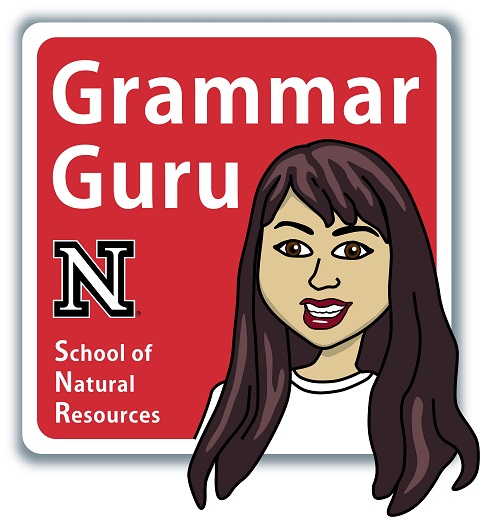
Mekita Rivas, SNR communications associate, publishes a biweekly feature called "Grammar Guru."
Every other week, the Grammar Guru will share writing tips to help make your work as polished as possible. Some of these tips may address common spelling errors, while others will examine the many nuances of the English language.
Grammar Guru Tip #23
Use commas to indicate nonrestrictive or nonessential material, to prevent confusion and to indicate relationships among ideas and sentence parts.
Example:
NOT: When it comes to coffee people differ in their tastes.
BUT: When it comes to coffee, people differ in their tastes.
Pro tip: Think of the comma as the natural pause that you include while saying the sentence out loud. More often than not, that pause indicates the need for some type of punctuation — a grammatical "breath," if you will.
NOT: The band who is from Europe performed in the U.S. for the first time.
BUT: The band, who is from Europe, performed in the U.S. for the first time.
"Who is from Europe" adds information but doesn't change the essential meaning of the sentence; therefore this material is nonrestrictive or nonessential.
Need some grammar guidance? The UNL Style Guide (http://unlcms.unl.edu/ucomm/styleguide/) is a great resource for all university employees. If you have writing questions that the style guide doesn't answer, feel free to email the Grammar Guru at mrivas@unl.edu.